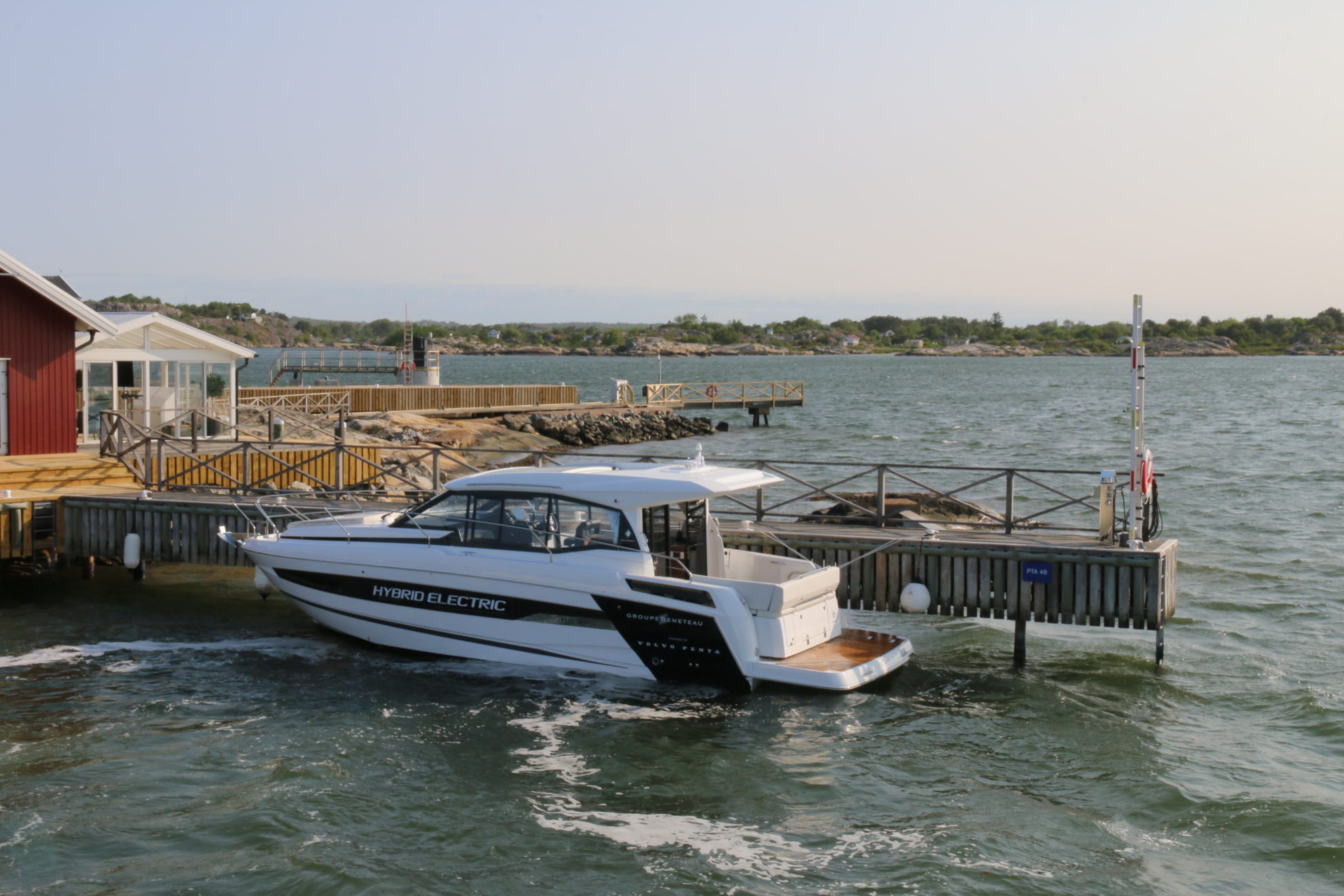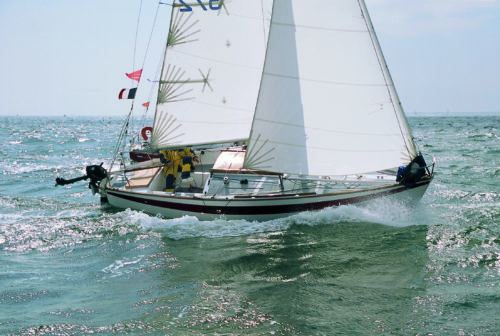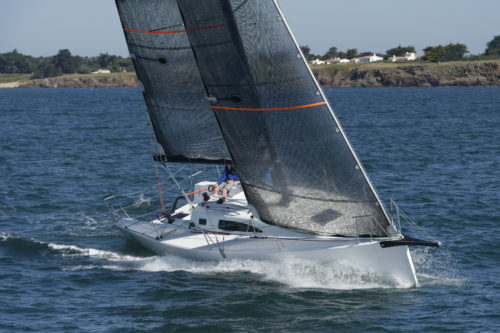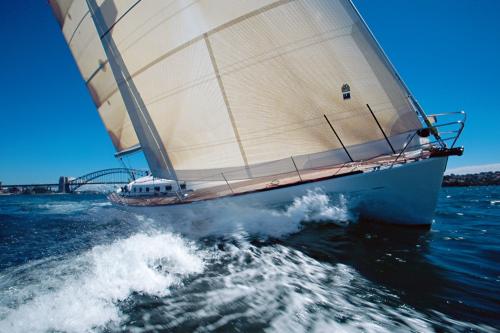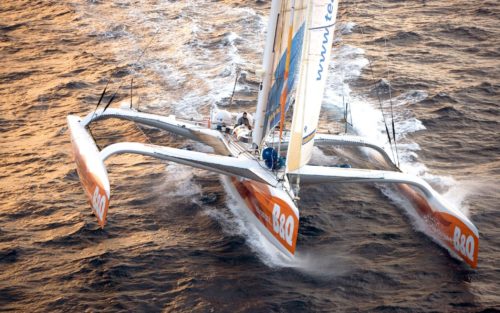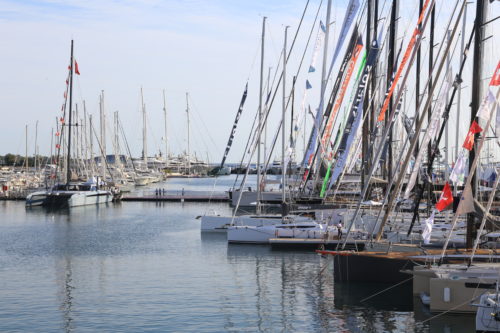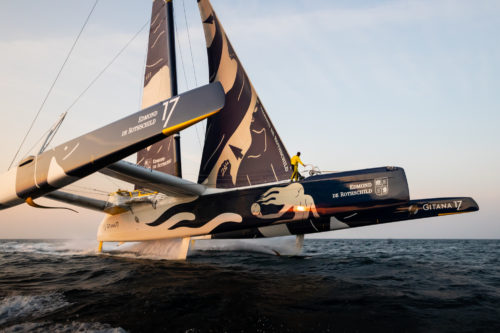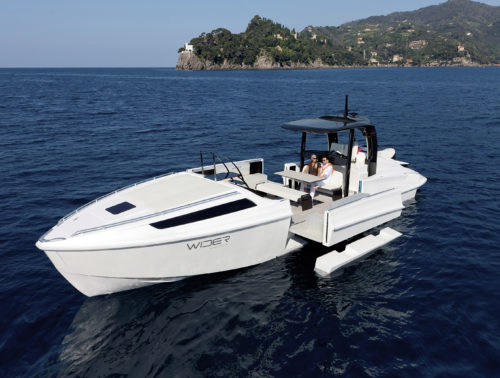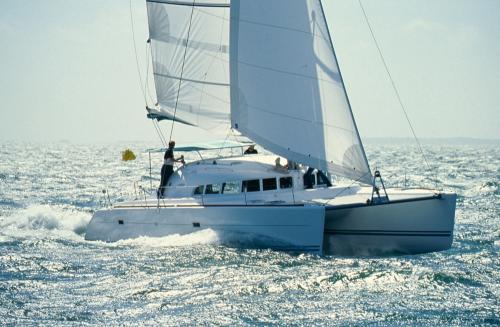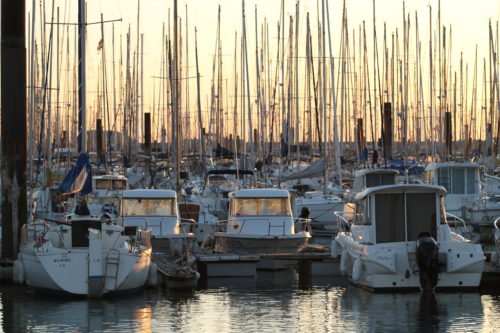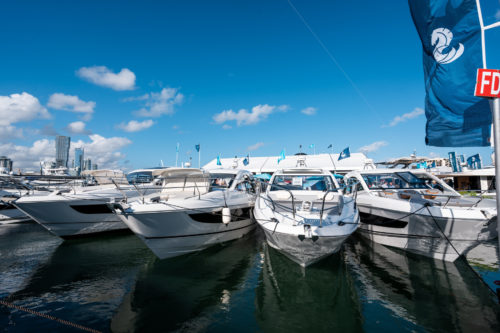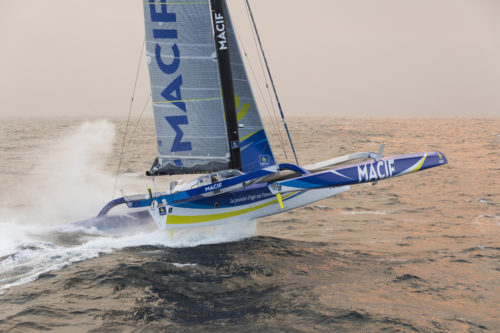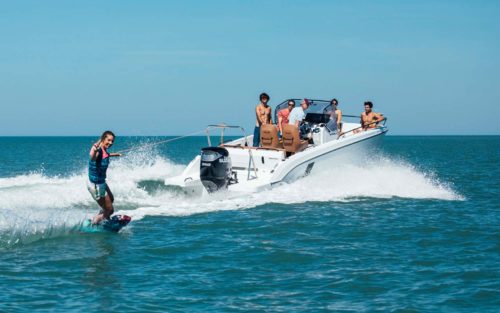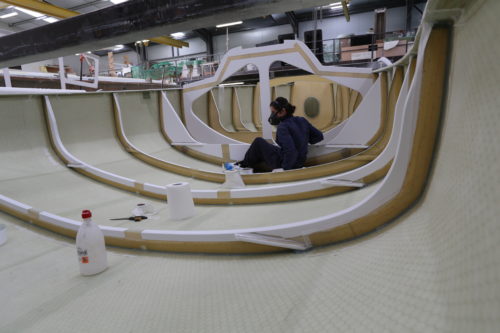Moving towards more sustainable propulsion?
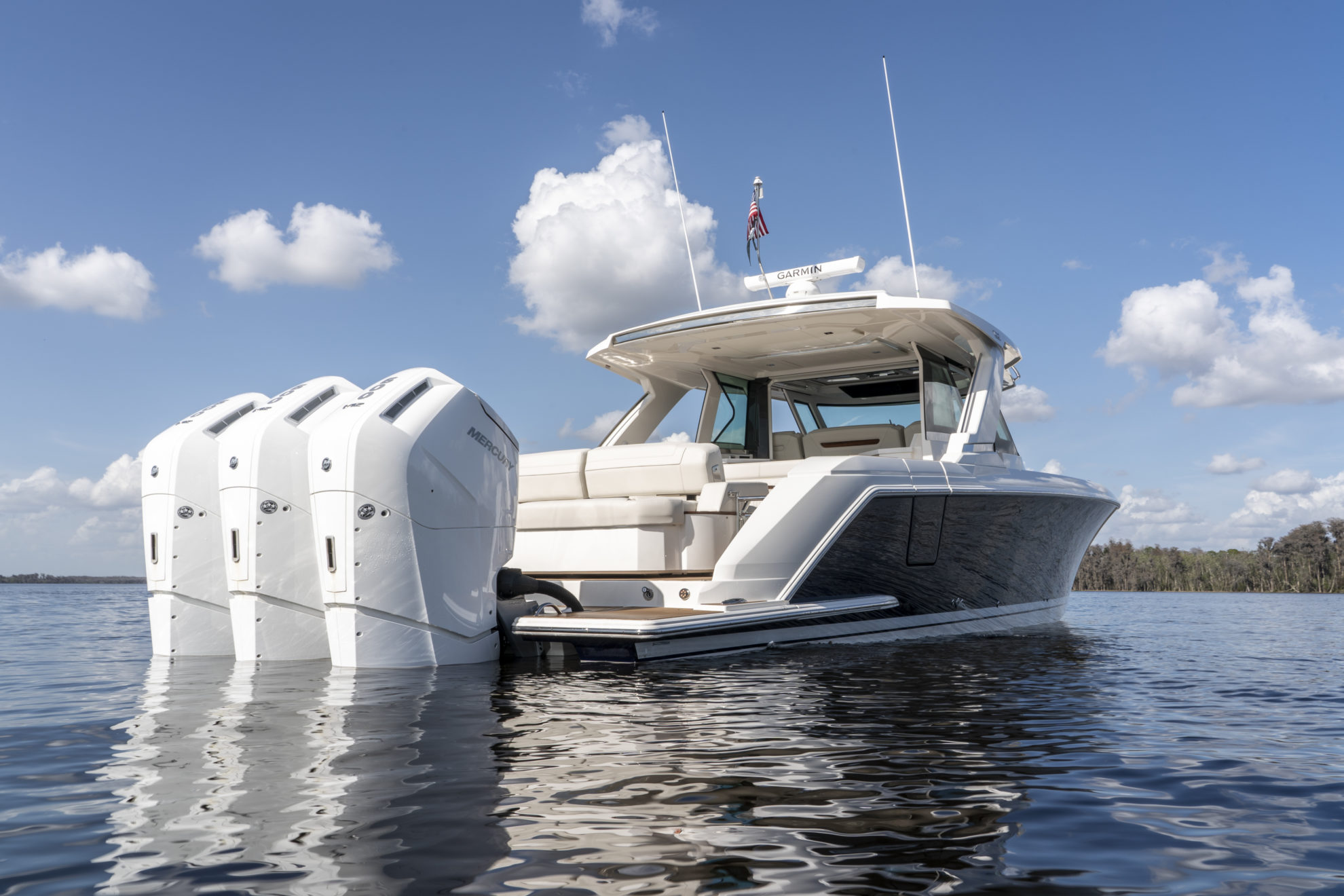
Rarely in the history of recreational motorboating has there been such a period of intense evolution with propulsion systems, marked by often paradoxical positions, with ecological concerns set out, but often far removed from the reality on the market.
Credit where credit is due: the type of propulsion that supported the widespread development of motorboating in the 1910s – the outboard – returned to the forefront a hundred years later. A technical and commercial arms race between the global powerhouses began in the early 2000s, when the Japanese firm Honda launched a V6 V-Tec 225hp outboard engine, a beast for its time. The American manufacturer Mercury quickly responded with a new inline six-cylinder, four-stroke, supercharged engine, known as the Verado. Delivering 275hp, it entered the record books in 2007 as the most powerful production outboard on the recreational market. This horsepower race went on to dominate the entire decade from 2010 to 2020, gradually transforming the outboard into an asset driving the premiumization of the models offered by the various yards.
While strictly complying with antipollution standards, engine manufacturers adopted new, highly advanced technologies, enabling them to offer increasingly ambitious propulsion systems. At the heart of this major technological battle, the choice between two-stroke and four-stroke seemed to have been settled, with most of the leading brands, like Yamaha, Suzuki, Honda and Mercury, opting for the latter. However, this dominance did not prevent a historic firm like Evinrude from trying to regain the upper hand with two-stroke engines. By developing new, highly advanced direct injection engines, Evinrude, closely shadowed by its long-term rival Mercury, introduced two-stroke models with remarkable environmental performance and fuel efficiency features.
The two-stroke or four-stroke dilemma
The trend to fit highly powerful outboards began in the United States, primarily to power fast offshore fishing boats – open or sport fishing models – as well as large dayboats. On a boat with a planing hull, low-end torque is essential to get up on plane quickly. In this area, the two-stroke engine offered excellent results, which Evinrude’s competitors soon countered with other advanced technologies, while also highlighting the environmental drawbacks of the short cycle, through particulate emissions from the lubricant burned along with the fuel. During this intense period from 2010 to 2020, even Volvo Penta, the world leader for recreational marine engines, ventured into the fiercely competitive outboard segment by acquiring the American manufacturer Seven Marine, which at the time produced the world’s two most powerful engines, with 557 and 627hp, leaving the Mercury Verado 400 trailing in their wake.
Both of these bold ventures, with Evinrude in two-strokes and Volvo’s pursuit of extreme power, came to a sudden end as the decade drew to a close, under the combined pressure of environmental concerns and industrial policies. However, the announcement of Evinrude’s disappearance sent shockwaves through the boating world, bringing an end to this prestigious brand’s presence on the market after more than 110 years.
At the same time, the major four-stroke outboard manufacturers made no secret of their intent to directly challenge inboard systems, which still dominated among European yards for boats over 10 meters. With their proven reliability, outboards were now viable options for boats like this, even if this meant lining up two or three of them on the transom – a common practice in the United States.
Following this path, Jeanneau for instance began offering its Merry Fisher 1095 model fitted with twin 300 hp outboard engines. The savings made in terms of their lower purchase price and operational and maintenance costs formed a strong foundation for supporting this bold and innovative proposal.
The figures supported this shift toward outboards, which were easier and less costly to maintain than inboards, and also freed up significant space on board. The German builder Fjord followed suit, fitting a 36-foot open boat with outboards, making it cheaper, lighter and quieter, with reduced vibration.
And what about the end of the combustion engine?
By the end of the decade from 2010 to 2020, the prospect of an eventual ban on combustion engines, mirroring developments already underway in the automotive industry, was on everyone’s mind. Electric propulsion, while promising, has been the focus of numerous efforts by pioneering small companies, offering to replace older engines or marketing models designed exclusively to operate with this new technology. However, issues related to battery weight and limited range mean that these innovations are still restricted to small service or tourist vessels. Similarly, solar power remains limited to recharging batteries with photovoltaic panels.
While hybrid and plug-in hybrid systems have become widespread in the automotive sector, their application for motorboating involves a number of issues, including the absence of regenerative braking. At the turn of the new decade, Jeanneau announced that it was working on prototypes for hybrid solutions with Volvo Penta, aiming to bring them to the market by 2030. Boat engines must be capable of operating at relatively high RPMs for extended periods, raising a number of challenges that engineers are working to resolve. Significant advances are expected for the decade from 2020 to 2030. The prospect of gradually decarbonizing motorboating is still a distant one, yet it will mark the beginning of a new chapter in the history of motorboating.
